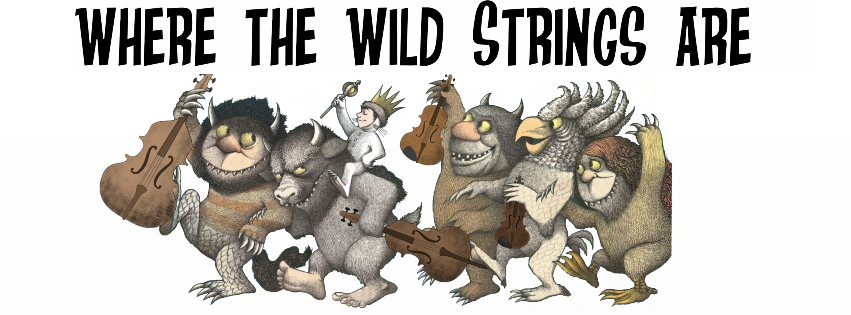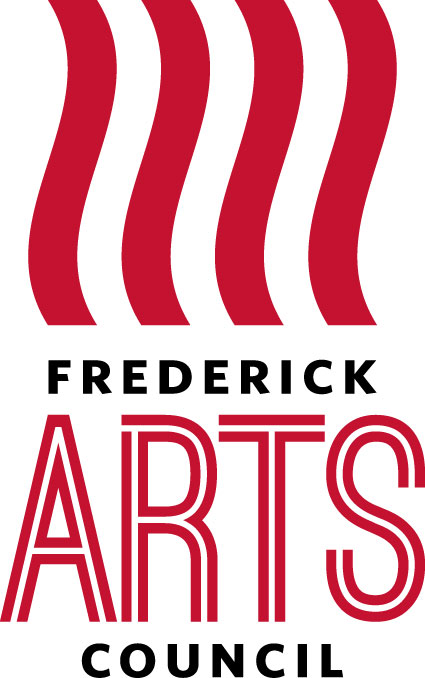Strings in the Wild: Frederick, MD
Program
England has been the birthplace of much of the most beautiful string orchestra music ever written. Composers such Ralph Vaughan Williams, Edward Elgar, and Gustav Holst have contributed string works that are considered to be the cornerstones of art music. The NSS is celebrating the string music of England by presenting pieces composed over the span of 90 years.
"Folk tune and Fiddle Dance" was one of several pieces Percy Fletcher wrote for light orchestra in 1914. The thematic materials throughout this work are folk tunes recalled by Fletcher from his chilhood. Fletcher grew up in Derby, Great Britain that was only a small town in the late 18th century. Like other composers of folk music, Fletcher was able to hear these melodies played at social gatherings.
Simple Symphony by Benjamin Britten is likely the best known work on this program. Completed at the age of 20 and dedicated to Britten's childhood viola teacher, this work is based on eight themes composed by Britten during his childhood. The symphony has four movements, starting with Boisterous Bourree, which ncludes themes from two of Britten's earlier works: Suite No. 1 in E for Piano and Song A Country Dance for voice and piano. The second movement is Playful Pizzicato, which is played with entirely with plucked strings, known as pizzicato. This is followed by a dramatic and heart-wrenching third movement entitled Sentimental Sarabande. An exciting and fast-paced Frolicsome Finale brings this symphony to a close in a delightful way.
William Walton's music for the 1944 film Henry V was the tenth film for which Walton composed incidental music. The importance of Walton's score to the success of the film was widely recognised, and Olivier later called it "the most wonderful score I've ever heard on a film". Walton was doubtful of the value of film music when heard without the screen images it was written to accompany. He said, "Film music is not good film music if it can be used for any other purpose". But he was prepared to make exceptions. He allowed two self-contained sections of the score to be played in concert: the passacaglia "Death of Falstaff" and "Touch Her Soft Lips and Part". Walton conducted the Philharmonia Orchestra in a recording of the two in 1946.
Philip Lane wrote his Pantomime while an undergraduate in 1971. The title is used in its light-hearted, entertaining sense, and the three short movements are designed to be succinctand not to outstay their welcome.
The wistful Rosa Mundi of Paul Lewis was written at a time of great personal sadness when parting from a loved one. He noticed a single rose blowing on a plant in his garden, which he had believed to be dead. It is the lack of development and the insistence of the short motive phrase that intensifies this music into something timeless. I accept the fact that the sound world of this piece could have been heard any time over the past century, however it is this connection with tradition and the sheer simplicity of its design that makes this piece moving, almost heartbreaking, yet somehow full of hope.
The Sinfonietta of William Alwyn opens with an unforgettably dynamic passage for cellos and basses that reminds the listener of the music of Bartok, then alternates the vigorous and the lyric with Romantic fervor. The gentle Adagio embeds a quote from Alban Berg's Lulu, another composer Alwyn admired and refers to when he writes "- any composer who is honest acknowledges the debt he owes to genius." The final movement is a complex fugue followed by a peaceful ending, as if to bring rest to the preceding turbulence.
No Scheduled Performances.
Concert Notes
NSS concerts typically last around two hours, including a 15-minute intermission.







